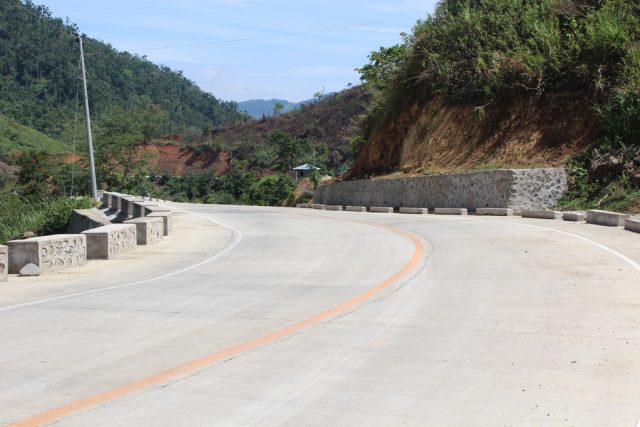
MANILA – PPPs or Public Private Partnerships was the buzzword during the Aquino administration.
Now it’s Build-Build-Build as the Duterte government wants to have a go at filling the country’s infrastructure gap on its own, especially for projects it wants to finish ASAP.
There has been concern, however, over recent pronouncements that the government was moving away from PPPs in this massive infrastructure push–something that officials are clarifying. Hybrid PPPs, they said, will be the new preferred scheme.
According to Socioeconomic Secretary and NEDA chief Ernesto Pernia, “My colleagues in the economic team felt that we should be building it with our own funds because it can be quicker, there’d be less time to process. Doing PPP projects does have some delays too. In the past PPP projects took 29 months to process without building yet.”
The private sector, Pernia stressed, is not being left out. The government says it will still be offering PPPs, but hybrid ones at that: under a scheme where agencies undertake construction, and operations and management of the finished facilities will be bid out to private companies.
Official development assistance (ODA) will be used for funding, and officials say costs will be lower and financing delays avoided.
One likely participant, however, said that while ODA was a cheaper option, fund releases will not exactly be fast-tracked.
“When it’s an ODA grant, the grantor country actually looks for and evaluates the feasibility of the project first. That takes about 24 months at least before signing the grant. Once the grant is signed both the grantor and beneficiary country will now go to procurement; that will take another 12 months perhaps from sourcing, preparing the tender process until award. And then that takes more time before something is actually laid on the ground — another 48 months perhaps so it does not differ that much,” explained Ferdinand Inacay, MRail president and CEO.
A consulting firm that has served as a technical and financial advisor to PPP projects also raised concern over quality if such hybrid PPP were adopted.
Ben Sheppard, CEO of Bold Native Advisors, said, “With an ODA-funded project, the build tends to be cheaper. But because the contractor that builds the expressway does not actually go on to operate and maintain it, [it does not] have the same focus on the O&M stage; so the quality of the road may not be to a standard that’s going to last as well.”
In contrast, in a straight PPP, the concessionaire will “know they’re going to build it and subsequently operate and maintain that asset, so their thoughts are on ‘how can we build this best to last the test of time because we don’t want high O&M cost.’ So they’re always thinking about that early on,” Sheppard added.
Inacay said ODA funds were also used under regular PPPs as the government had to hold up its end of the partnership.
The only difference with hybrid PPPs is that companies will only come in midway when private sector discipline and expertise is also needed at the start.
Inacay said, “it is always the apprehension of the private sector that the government may not have enough talent to manage and plan and execute the project.”
For his part, Sheppard pointed out that PPPs alone were already tricky enough, and introducing a second contract via the hybrid model means bringing in more stakeholders – something that could complicate matters.
“More planning would be the way to go; more planning as to what the minimum specification should be for that ODA-built road so that when it transfers to the O&M PPP concessionaire it’s already at a standard and it’s got a good residual life,” added Sheppard.
In the view of Inacay, the government could still slash the cost of infrastructure while tapping private sector efficiency by letting companies utilize ODA funds.
“In fact, another way of doing this is through a hybrid way of ODA: meaning, get the government to put in a guarantee so that the private sector can access [ODA],” said Inacay.
It is possible, he added, provided the government issues a government guarantee. The previous administration did not want to do that.
The Department of Transportation (DOTr) recently scrapped plans to build five regional airports, a carryover from the Aquino administration’s PPP program that had attracted strong private sector interest.
The priority now appears to be nine flagship projects that the NEDA Board is expected to approve later this week. These include the expansion of the Clark International Airport, which the government wants to complete in just two years.









